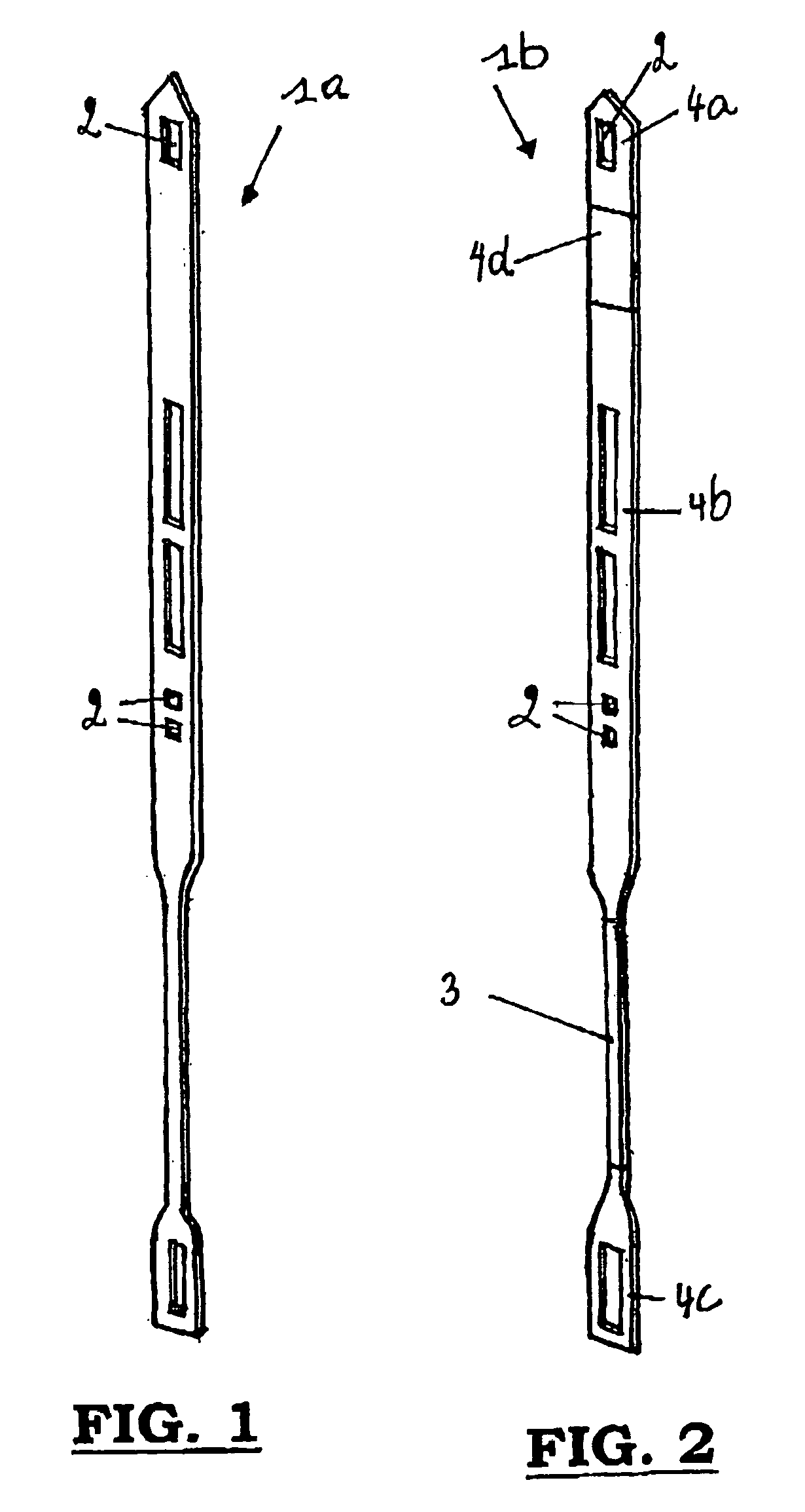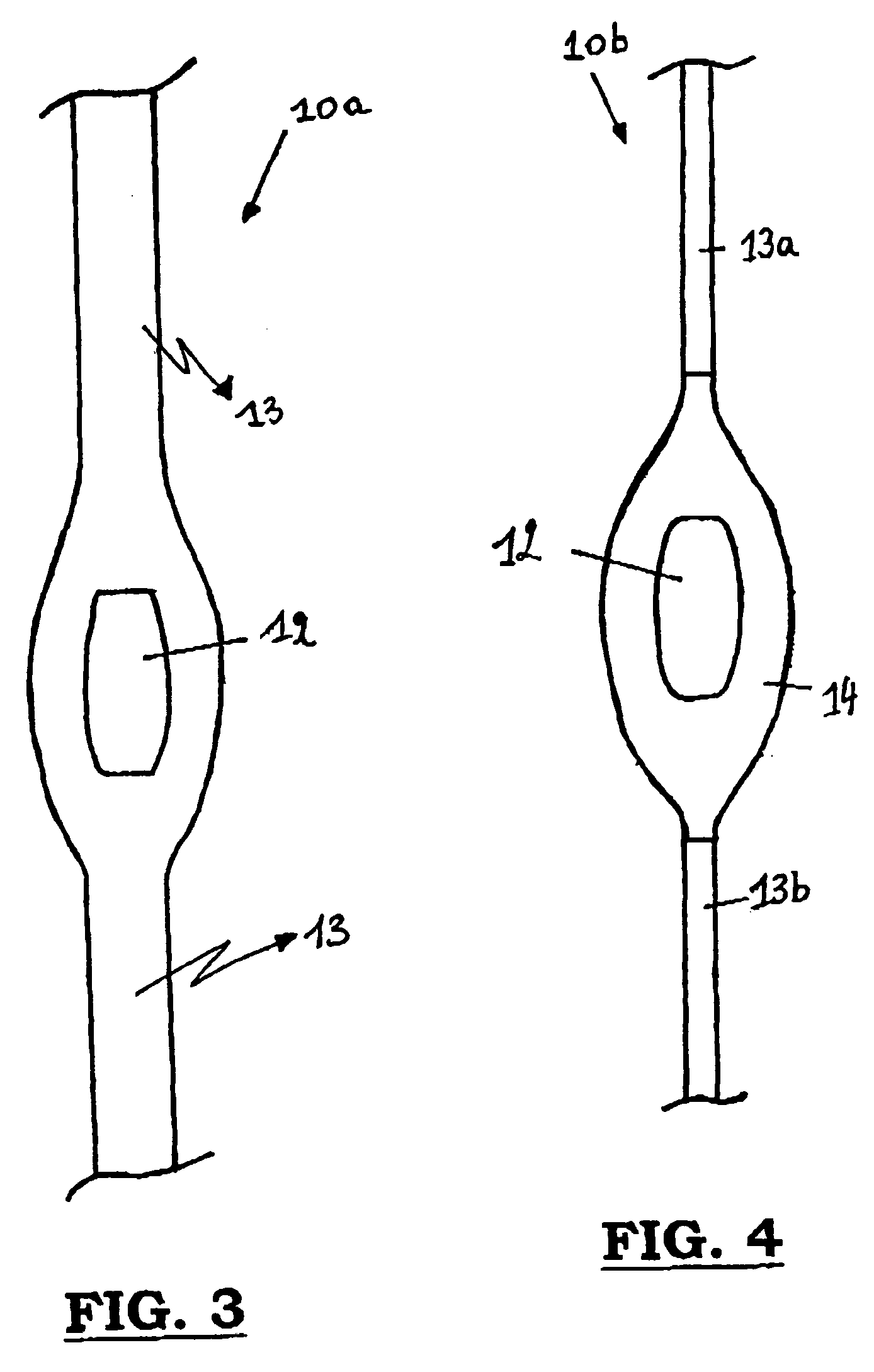Method for manufacturing components consisting of one piece which appear in a weaving machine
- Summary
- Abstract
- Description
- Claims
- Application Information
AI Technical Summary
Benefits of technology
Problems solved by technology
Method used
Image
Examples
Embodiment Construction
[0045]In a method according to the invention for manufacturing components consisting of one piece, appearing in weaving machines and comprising one or more different first parts, these parts are manufactured as separate parts and joined into a whole by means of processes which practically will not change the cross-sections of said parts. For each of the different parts of the component the most suitable design is produced or obtained according to the existing methods or channels in a condition, which will meet the necessary requirements.
[0046]The processes which practically do not change the cross-section of said parts are, for instance, resistance welding (=friction welding) or laser beam welding. By applying these processes, no finishing is required or only a limited finishing operation is required in the transition zone.
[0047]The different parts may have:[0048]different mechanical and / or magnetic and / or tribological properties; and / or[0049]different manufacturing methods; and / or[...
PUM
| Property | Measurement | Unit |
|---|---|---|
| Diameter | aaaaa | aaaaa |
| Mechanical properties | aaaaa | aaaaa |
| Tribological properties | aaaaa | aaaaa |
Abstract
Description
Claims
Application Information
 Login to View More
Login to View More - R&D
- Intellectual Property
- Life Sciences
- Materials
- Tech Scout
- Unparalleled Data Quality
- Higher Quality Content
- 60% Fewer Hallucinations
Browse by: Latest US Patents, China's latest patents, Technical Efficacy Thesaurus, Application Domain, Technology Topic, Popular Technical Reports.
© 2025 PatSnap. All rights reserved.Legal|Privacy policy|Modern Slavery Act Transparency Statement|Sitemap|About US| Contact US: help@patsnap.com



